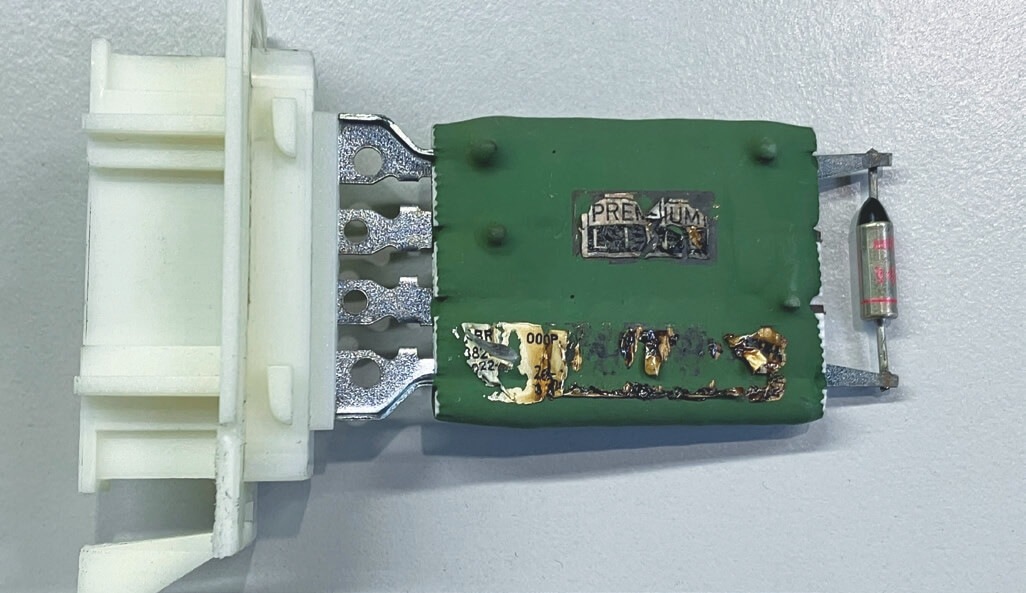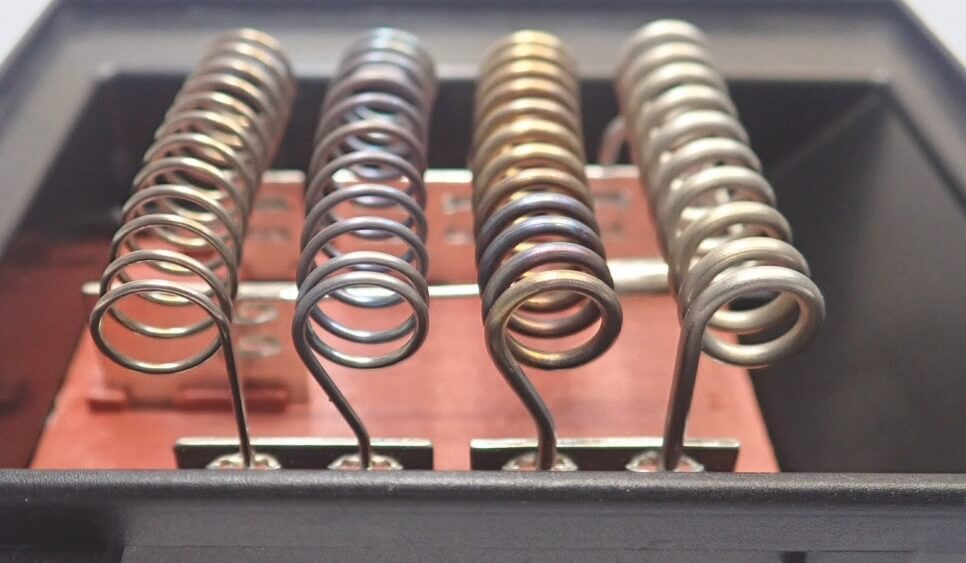Causes of blower resistor damage
Replacing a faulty resistor in the blower often eliminates only the obvious problem, but not the cause. Mahle has prepared a guide that shows where to look for the source of failure.
If the blower motor runs only at the highest level, this indicates a defective resistor. As a rule, it is checked that there is voltage on the resistor and that the circuit is closed. If a resistor is not connected, for example, due to an interruption by a thermal fuse, it means that this component is defective and needs to be replaced. It seems that the situation is simple. However, if only one component is replaced without eliminating the cause of failure, the replaced part will fail again in the near future.
Cause and effect
A faulty thermal fuse on the blower resistor is often just an aftermath failure. The reason could be, for example, a partially blocked or completely stopped cabin blower motor. This situation can occur because of worn or damaged bearings or a distorted or damaged fan impeller rubbing against the housing.
Exceeding the set replacement intervals for the cabin filter, and the consequent clogging by leaves or other debris are also causes of thermal fuse burnout. As a result of using lower-quality cabin filters, deposits can accumulate on the evaporator over time, leading to a significant reduction in air throughput, resulting in problems with the thermal fuse.

Figure 1: Melted label due to high thermal overload

Figure 2: Thermally discolored spiral resistor
Important!
Before replacing the cabin blower resistor, make sure that the fan impeller runs freely and does not rub or block. In addition, inspect and, if necessary, clean the air ducts from the cabin filter to the blower.








